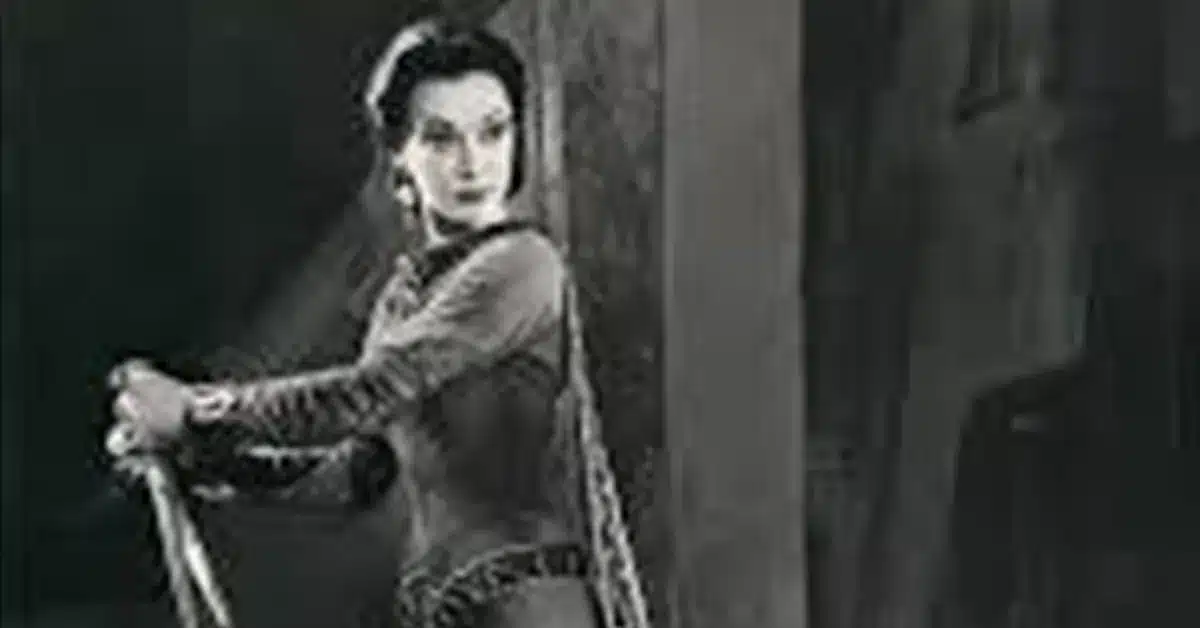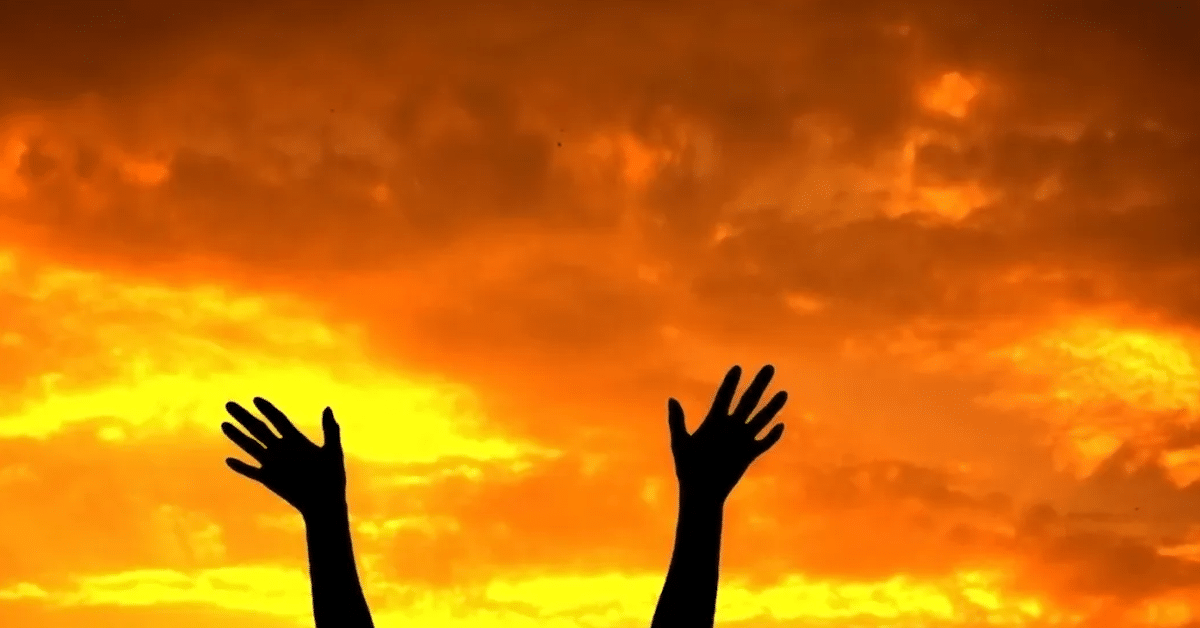Once the “gold standard” of mental health care, are the LSW studies and licensure outdated? Is the designation too rigid considering the many new, flexible, and creative approaches to emotional, spiritual, and psychological care? In today’s healing landscape, there are many creative and flexible approaches that weren’t available 15 or 20 years ago. Or even ten years ago.
Today, one can study and get credentialed in Grief and Loss Work, Biofeedback, Bibliotherapy, Emotional Freedom Technique, Dance Therapy, EMDR, Existential Therapy, Humanistic, Play Therapy, Motivational Interviewing, etc.
The list is long and imaginative-and none requires a background in Social Work, and none results in a LSW, or even requires a degree in Psychology.
The “new therapies” do require flexibility, openness, and comfort with different kinds of working relationships and connections- a fresh, exciting dynamic between the people participating.
How I see It
I watched in fascination as George and Martha flayed each other on stage, stunning the audience, and jolting us with their pain. Then I thought that here was the perfect frame for anyone interested in the healing arts, in becoming a mental/emotional health worker.
Edward Albee’s boundaryless play, Who’s Afraid of Virginia Woolf, transcends academic and psychological models. It gives us a visceral look at the torture humans inflict on each other and themselves. And invites analysis at all levels.
It Made Me Wonder.
If the British poet, Alfred Tennyson was right when he wrote “the old order changes yielding place to new,” then perhaps one of the best trainings for “therapists” is to be exposed continuously to theater and drama specifically-and the humanities in general.
There is no shortage of great psychological thinkers (see the “top 25” https://academicinfluence.com/rankings/people/most-influential-psychologists-today), but none inspires the depth of analysis or moves us as deeply as the vaulting ambition and psychosis of Lady MacBeth and her tormented husband.
Perhaps Captain Ahab and his nemesis the White Whale teach us more about attachment and obsessiveness than theories of attachment and OCD.
Maybe being part of the despair of Vladimir and Estragon stumbling their ways through non-being in Waiting for Godot is what we need to know about helping with depression and despair.
And who better to provide deep insight into madness than watching King Lear go mad.
Perhaps getting swept up in the power and raw viscera, the rage of Medea killing her children as revenge against her perfidious husband is as illuminating as any theory on rage and destructive human behavior.
Studying the black-and-white Guernica and the mind of the painter, is a textbook lesson on grief and loss and pain.
Motivation, Subtext and Action
Directors and actors always plumb the depths of a character.
They are attuned to subtest, motivation as well as intentions, feelings, and psychology.
They do so in the open, working and testing as a collaborative, trying out. Correcting. Taking huge risks as they struggle to grasp the inner worlds of their characters and their relationship to the universe and to each other.
Finally, their work is externalized, presented as action, in front of a living audience, helping both the characters and the audience make sense of the world, and growing from immediate, spontaneous feedback.
Could there be any better, more immediate training for the mental/emotional/spiritual health worker than this?
Maybe rethink the “LSW” studies, and give the student Oedipus and Hamlet–and a Certificate in Living Humanities
Keep Reading
Want more? Here are some other blog posts you might be interested in.








